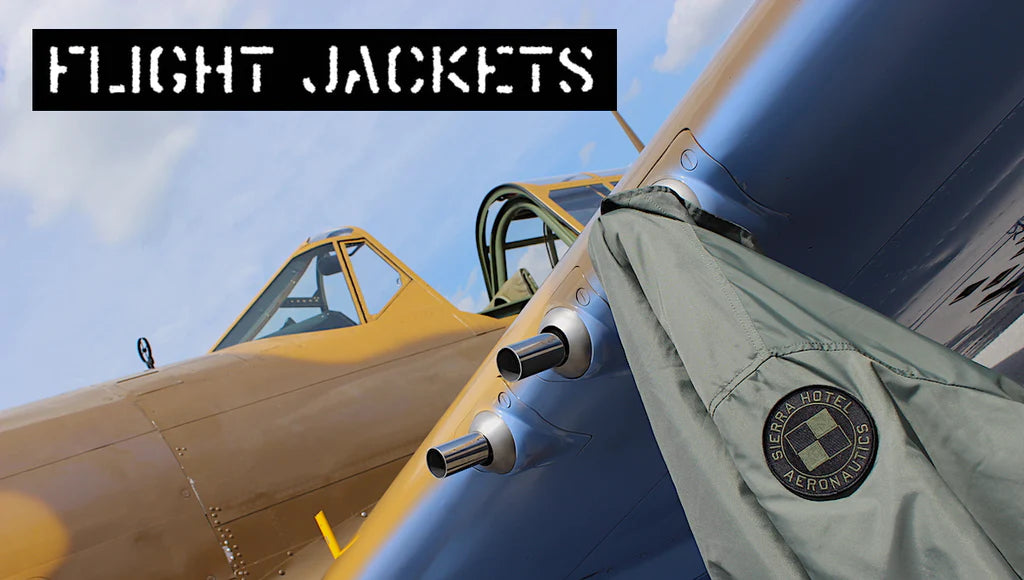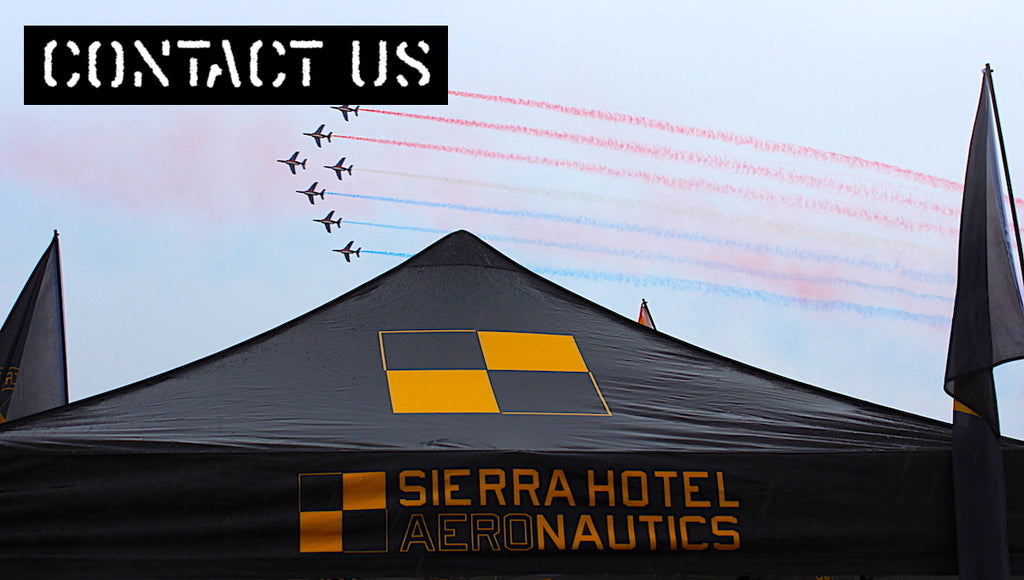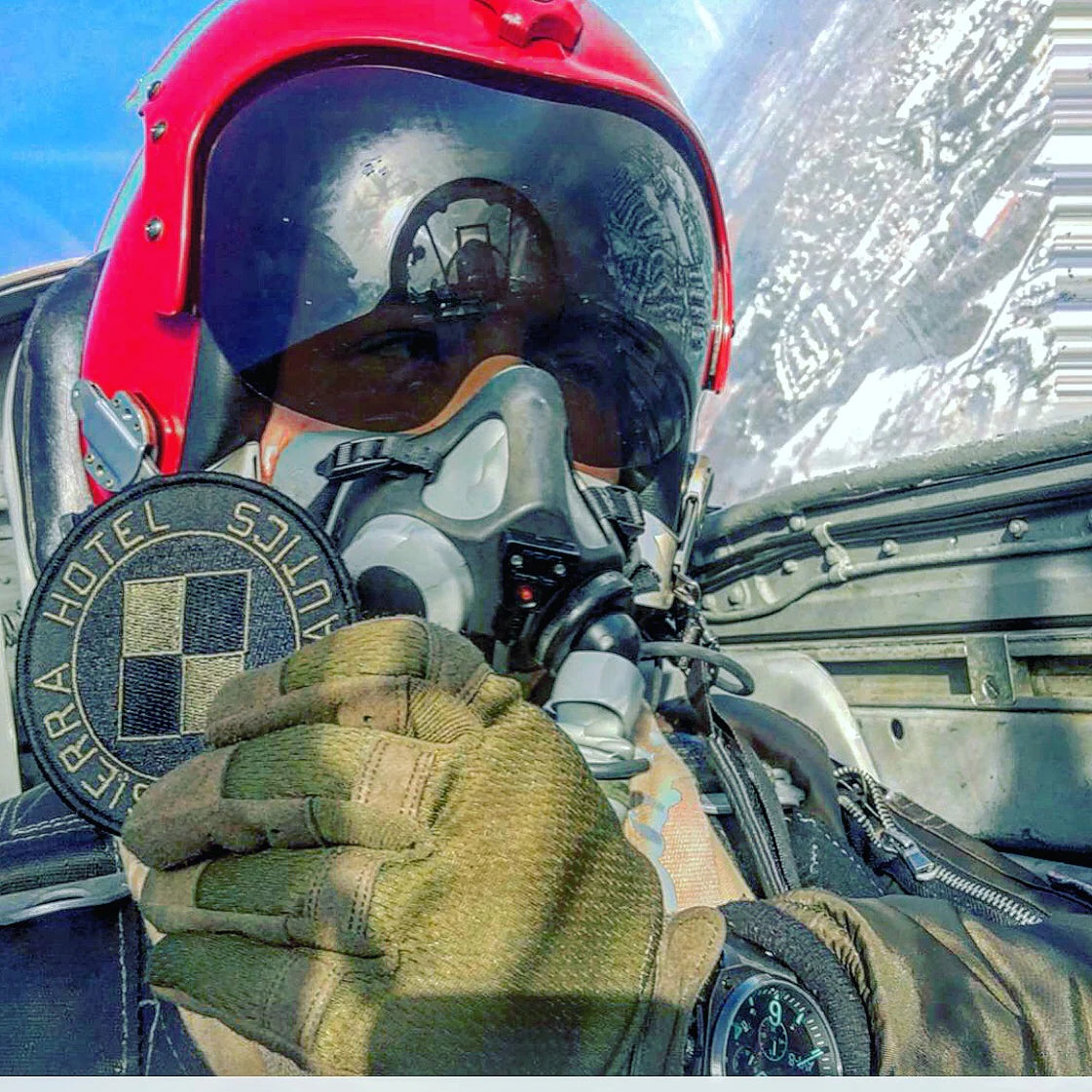British Airways Flight 5390

Image Credit : Rob Hodgkins - G-BJRT BAC1-11 B.A.(15 July 1989)
On June 10th, 1990, British Airways Flight 5390, a British Aircraft Corporation One-Eleven 528FL departed Birmingham Airport, England direct for Málaga Airport, Spain at 08:20 local time (07:20 UTC). At the controls were Captain Timothy Lancaster(42) and First Officer Alastair Atchison (39). Flight 5390 also carried 4 cabin crew and 81 passengers.
Shortly after departure, Speedbird 5390 was continuing its climb. Both pilots released their shoulder harnesses and Lancaster loosened his lap restraint. At 08:33 (07:33 UTC) the aircraft was climbing through 17,300 feet over Didcot, Oxfordshire, while the cabin crew were preparing for meal service.
Air Steward Nigel Ogden had just entered the flight deck when there was a loud bang and the cabin was quickly engulfed with condensation. The left windscreen panel on the Captain's side of the flight deck had blown outward from the forward fuselage instantly propelling Capt Lancaster out of his seat by the decompression and head first into the slipstream. His knees were caught by the flight controls, while his upper body remained outside the aircraft exposed to extreme freezing cold and atmospheric blast of the slipstream.

.
The autopilot disengaged, causing the aircraft to initialize a rapid descent. Due to the massive pressure change, the flight deck door was blown inward directly onto the control console, pushing the throttles forward while physically blocking the throttle control, spooling up the engines further, accelerating an aircraft that was already in a descent. Ogden rushed to grab Lancaster's belt, whilst Atchison regained control of the aircraft, then initializing a rapid emergency descent to reach a breathable altitude for his passengers. Atchison, then re-engaged the autopilot and immediately broadcasted a Mayday but was unable to hear the response from air traffic control due to wind noise in the exposed flight deck. The difficulty in establishing two-way communication led to a delay in initiation of emergency procedures.
Two of the air stewards began securing loose objects, reassuring passengers, while instructing them to assume brace positions for an emergency landing. Ogden, still clutching on to Capt Lancaster, who remained fully exposed to the extreme altitude, wind blast and sub-zero temperatures, was now developing frostbite and exhaustion. Chief steward John Heward and air steward Simon Rogers took over the task of holding on to the captain, who by this time had slid even farther outside with his head repeatedly striking the side of the aircraft fuselage.
At this point, the crew believed the Captain to be already dead, but held on to him out of fear that releasing his body might cause damage to the left wing, be ingested by the engine intake, or strike the horizontal stabilizer of the aircraft.
Atchison was cleared for an emergency landing at Southampton Airport and at 08:55 local time (07:55 UTC) BA Flight 5390 touched down at Southampton with all passengers accounted for and an aircraft in one piece, but short a front left windscreen. The Captain, suffering from frostbite, bruising, shock and fractures to his right arm, left thumb, and right wrist, but still very much alive, and Air Steward Nigel Ogden who in the process of holding on to Capt Lancaster, had dislocated his shoulder, suffered frostbite from extreme cold exposure on his face and damage to one of his eyes.
.

First Officer Alastair Stuart Atchison, and cabin crew members Susan Gibbins and Nigel Ogden were awarded the Queen's Commendation for Valuable Service in the Air;
The aircraft was repaired and returned to service, and within a few months, Captain Tim Lancaster returned to his job flying for British Airways...
Police eventually found the missing windscreen panel, and many of the 90 bolts securing it near Cholsey, Oxfordshire. Further investigation discovered that the windscreen was installed only 27 hours before the flight, with 84 of the bolts used 0.026 inches (0.66 mm) too small in diameter, and the remaining six bolts with the correct diameter, but 0.1 inches (2.5 mm) too short. The undersized bolts were unable to withstand the pressure differential during flight.
.
.












Very interesting as it’s factual not fictional
Dear sierrahotel.net admin, Your posts are always insightful and valuable.
Leave a comment